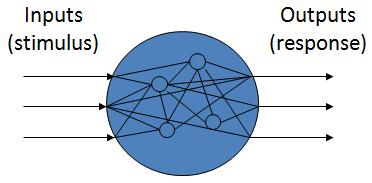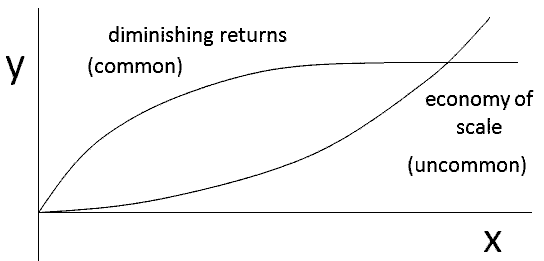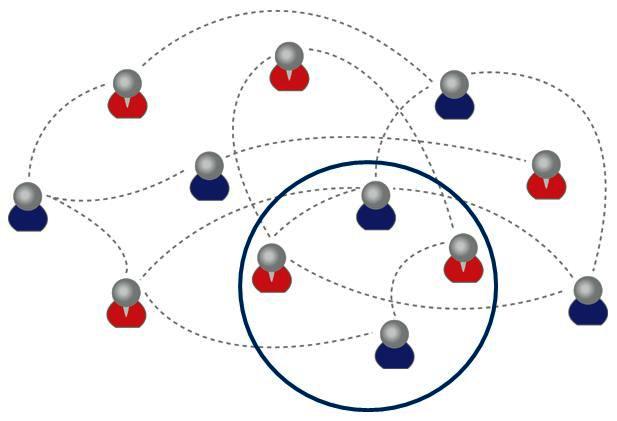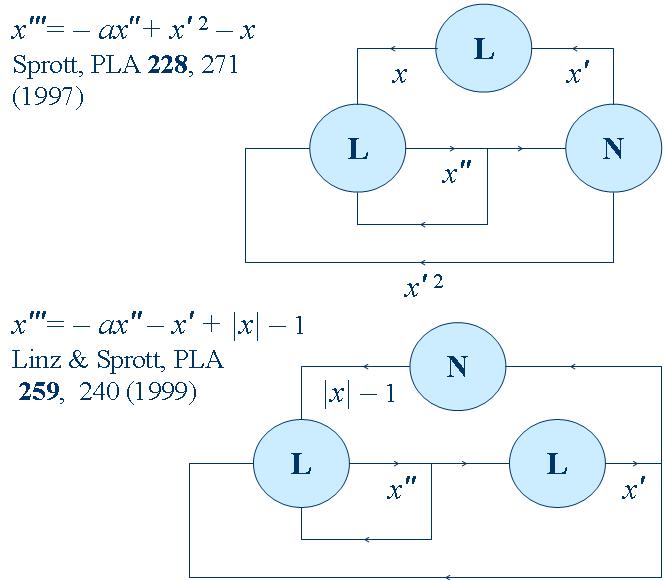
Fig. 1. Science is the study of cause-effect relationships for agents, whose internal workings usually involve other agents.

Fig. 2. Two simple examples of nonlinearities, one slower than linear and the other faster than linear.

Fig. 3. Most scientists, of necessity, are studying a small part of a much larger network, hoping that the part not being studied can be treated as a fixed external stimulus, often leading to erroneous conclusions and predictions.

Fig. 4. The simplest nonlinear networks that are capable of exhibiting chaos.